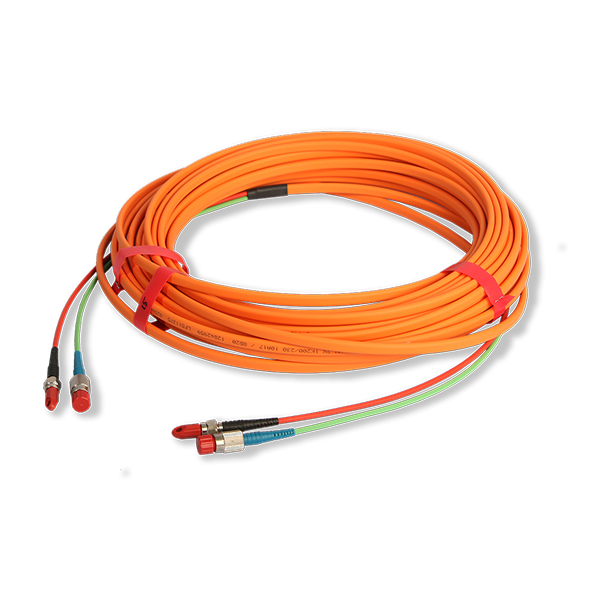RadiSense® 10m optic fibre extension cable FC/FSMA
Industries
Not your industry?
Please contact if we do not cover your industry.
Find out our latest products
Accredited calibration – RadiSense® – 4xRSS2010I
Accredited calibration – RadiSense® – 4x Field probe 10 GHz
Find out our latest products
Accredited calibration – RadiSense® – 8x RSS3018U
Accredited calibration – RadiSense® – 8x RS3018U – Field probe 18 GHz
Find out our latest products
Accredited calibration – RadiSense® – 8xRSS2010I
Accredited calibration – RadiSense® – 8x Field probe 10 GHz


